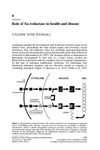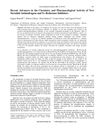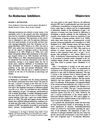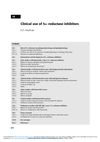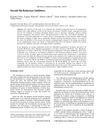Side Gland of Suncus Murinus as a New Model of Sebaceous Gland: 5α-Reductase, Androgen Receptor, and Nuclear Androgen Content in Male and Female Animals
January 1989
in “
Archives of Dermatological Research
”
TLDR The side gland of Suncus murinus is a good model for studying human sebaceous glands.
The study investigated the side gland of Suncus murinus as a model for human sebaceous glands by measuring 5α-reductase activity, androgen receptor content, and intranuclear concentrations of testosterone and dihydrotestosterone in both male and female animals. Results indicated two classes of 5α-reductase with different Km values for testosterone, with slightly higher enzyme activity in males. Androgen receptor levels were similar between sexes, and intranuclear dihydrotestosterone levels were higher than testosterone in both sexes. Despite lower serum testosterone in females, their intranuclear androgen levels were comparable to males, suggesting that androgens other than testosterone may act as precursors of dihydrotestosterone in females.

